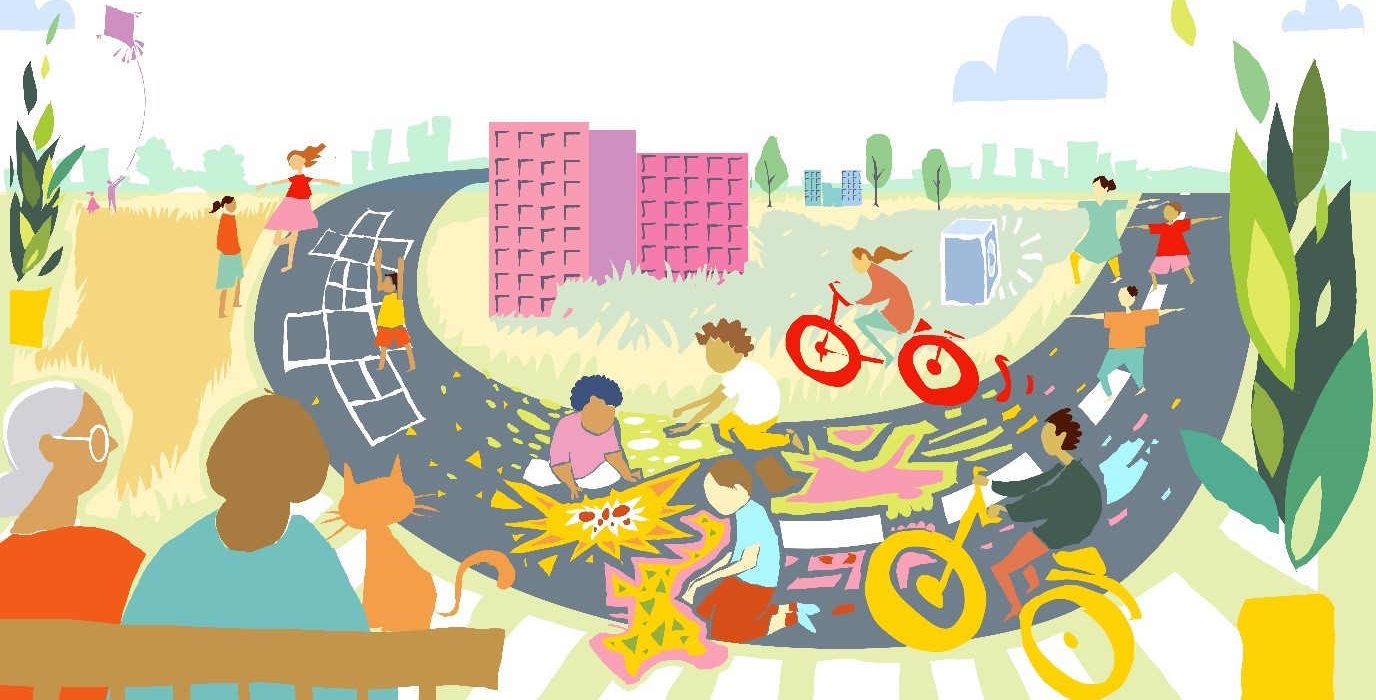A Grim Toll: Pedestrian Deaths on the Rise in Gurugram
A Grim Toll: Pedestrian Deaths on the Rise in Gurugram
Gurugram, a city synonymous with rapid and unplanned development, is grappling with a deeply concerning issue: a surge in pedestrian fatalities on its roads. While strides have been made in certain areas, with intersections equipped with traffic signals, dedicated footpaths, and speed calming measures witnessing a significant – often complete – reduction in accidents, a grim reality persists elsewhere.
“Black spots,” intersections notorious for their high accident rates, remain neglected in many parts of the city. These neglected junctions continue to witness a constant, and in some cases, an alarming increase in pedestrian casualties. This stark disparity underscores the urgent need for a comprehensive and data-driven approach to road safety in Gurugram. Waiting for upcoming development, such as planned foot-over-bridges or underground pedestrian crossings, is unacceptable. Plenty of interim measures exist in the interim to prevent deaths and injuries, like temporary traffic signals, or cones to set aside space for pedestrians to cross.
The city’s major thoroughfares tell a tale of two realities. Roads such as Vikas Marg and Subhash Chandra Marg, characterized by frequent traffic signals strategically placed every 2 kilometers, have remarkably achieved close to zero pedestrian fatalities. This stands in stark contrast to the alarming trend on partially-unsignalized, high speed city corridors like Golf Course Road, a major artery plagued by a chronic lack of pedestrian infrastructure. Golf Course Road has consistently recorded an average of three pedestrian deaths annually, with a disturbing escalation in accidents this year.
This stark contrast underscores the critical role of effective infrastructure in safeguarding pedestrian lives. Well-maintained footpaths, clearly marked crosswalks, and robust traffic calming measures, such as speed bumps and rumble strips, not only enhance pedestrian safety but also contribute to a more humane and walkable urban environment.
However, the challenge extends beyond infrastructure. A holistic approach demands a multi-pronged strategy, encompassing data-driven analysis, enhanced enforcement, public awareness campaigns, and community engagement.
Data-driven Analysis: A crucial first step towards improving road safety is to understand the problem comprehensively. This necessitates meticulous data collection and analysis of accident hotspots. By meticulously analyzing accident reports, authorities can pinpoint specific locations with high pedestrian fatality rates. This data-driven approach allows for targeted interventions, enabling the allocation of resources and the implementation of safety measures where they are most urgently needed. For instance, if the analysis reveals a concentration of accidents at a particular intersection, the authorities can prioritize the installation of traffic signals, pedestrian crossings, and speed bumps at that location.
Enhanced Enforcement: Stricter enforcement of traffic rules is paramount to deter reckless driving behavior and improve road safety. This includes stringent penalties for speeding violations, red-light violations, and other traffic offenses. A visible police presence at critical intersections and on major roads can act as a deterrent and encourage drivers to adhere to traffic regulations. Furthermore, the use of technology, such as automated speed cameras and red-light cameras, can enhance enforcement efforts and ensure consistent application of traffic laws.
Public Awareness Campaigns: Educating all road users – pedestrians, drivers, and cyclists – about road safety rules and regulations is crucial for fostering a culture of responsible road behavior. Public awareness campaigns can effectively disseminate vital information through various channels such as public service announcements, social media campaigns, school programs, and community workshops. These campaigns can emphasize the importance of pedestrian safety, educate drivers about the dangers of distracted driving and speeding, and encourage cyclists to follow traffic rules and wear appropriate safety gear.
Community Engagement: Involving local communities in the planning and implementation of road safety measures is essential for ensuring their effectiveness and sustainability. Community engagement fosters a sense of ownership and empowers residents to become active participants in improving road safety. This can be achieved through public consultations, community meetings, and the formation of local road safety committees. By actively listening to the concerns and suggestions of residents, authorities can tailor road safety interventions to the specific needs and priorities of the community.
The loss of even one pedestrian life is a tragedy. Gurugram must prioritize pedestrian safety by investing in robust infrastructure, implementing effective enforcement mechanisms, and fostering a culture of road safety among all road users. The city’s future depends on creating a safe and inclusive environment for all its citizens, and ensuring that every pedestrian can navigate its streets without fear of injury or death.















